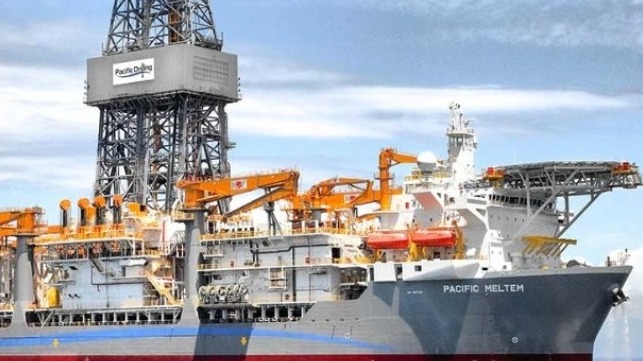Pacific Drilling Latest Offshore Driller to Seek Reorganization

The ongoing restructuring of the offshore drilling sector is continuing with Pacific Drilling becoming the latest company in the sector to announce it would use the courts to complete a reorganization of its business. Analysts believe that the sector will continue to undergo fundamental changes.
For the second time in less than a decade, the offshore drilling sector has been forced to manage with weak oil prices and slowing investments in new drilling projects. Faced with high debt levels, overcapacity, and an overabundance of newbuilds, the sector was placed under further pressure in 2020 due to the pandemic.
Pacific Drilling filed voluntary petitions for relief under Chapter 11 of the United States Bankruptcy Code on October 30 as part of a restructuring plan, following a course taken by several other companies in the sector. In April 2020, Diamond Offshore became the first of the companies to commence voluntary Chapter 11 proceedings in order to restructure and strengthen its balance sheet. Then at the end of July, Noble also announced that it had entered into a restructuring agreement with its largest bondholders to deleverage the company. Weeks later Valaris followed suit, also announcing an agreement to lower its debt.
Known as a pre-packaged bankruptcy, the companies have been working with their debt holders to agree on terms and then turn to the courts through the bankruptcy process to approve and complete the agreements.
Following this same process, Pacific Drilling said that it has entered into a restructuring agreement with a group of its largest holders. They expect to eliminate approximately $1.1 billion of the company’s outstanding bond debt. As a first step in the process, Pacific also repaid a first lien on its revolving credit announcement.
In making the announcement, Pacific highlighted that the company had approximately $120 million of cash on hand. They expect to continue worldwide operations uninterrupted by the current process and to emerge by year-end with access to new capital.
Analysts, however, continue to point to fundamental problems in the sector expecting that there will be additional restructuring required as well as consolidation and downsizing of operations to reflect the current market conditions. One analyst suggested that the industry might need to scrap up to a quarter of its existing rigs to rebalance with the current demand coming from the oil industry. Bassoe Analytics pointed out in a recent analysis that there are as many as 65 new drilling rigs still in the shipyard with “no place to go.”
All of the companies that have filed to reorganize, anticipate that by using the bankruptcy process that they will be able to emerge at the start of 2021 better prepared to address the current market conditions.
Among the other companies in the sector facing similar challenges, Seadrill issued an announcement on November 1 saying that while talks were continuing, its forbearance agreements with certain creditors had expired, meaning the creditors could, if they chose, take action against the company. Seadrill reports that it too is ready to carry out a comprehensive restructuring of its balance sheet. They warned that such a restructuring may involve the use of a court-supervised process.
With no near-term recovery anticipated in the oil markets, analysts have forecast that recovery might not come for the offshore drilling sector before 2022.
